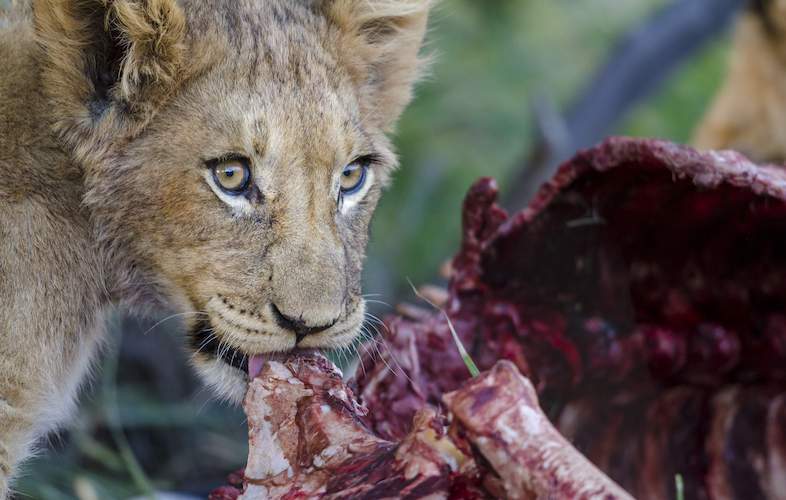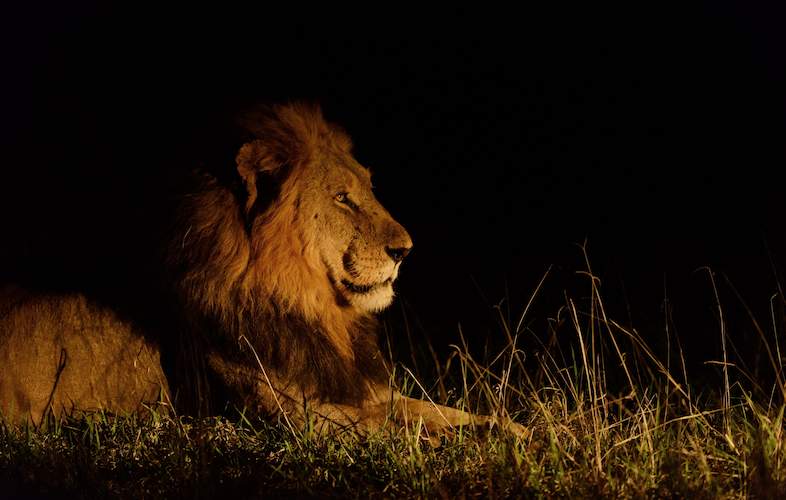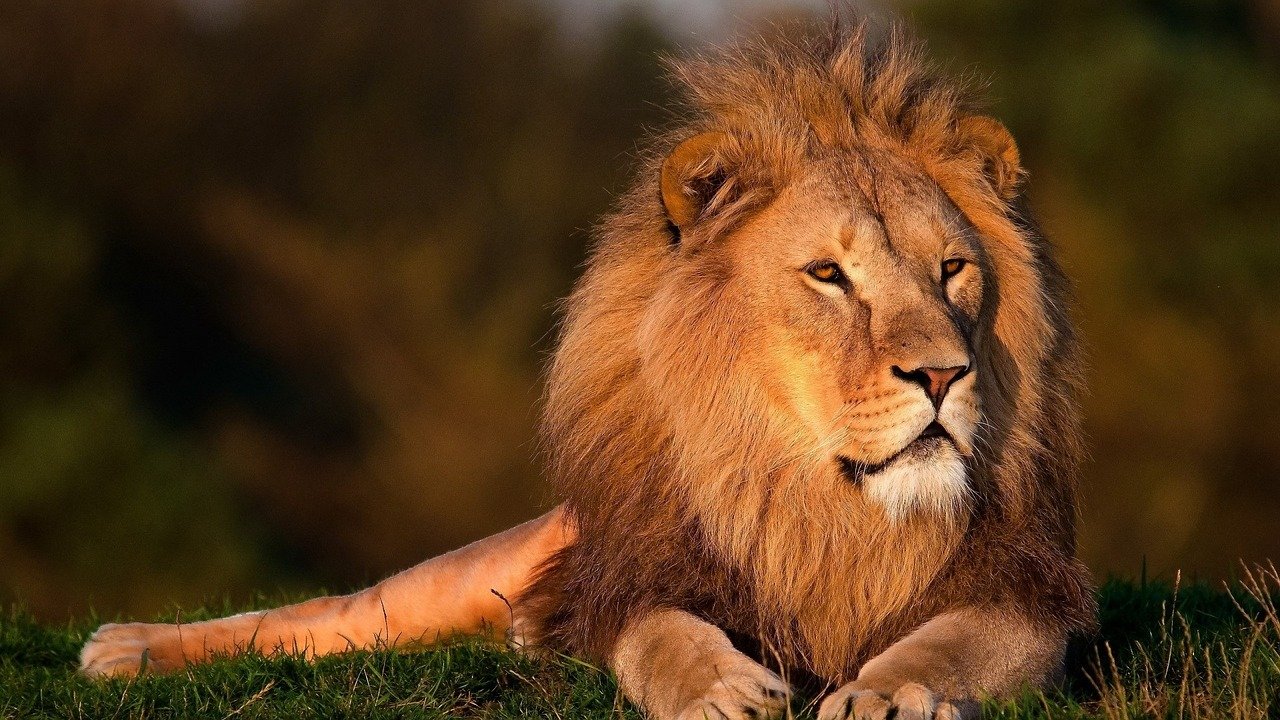Lion
In this article, you will know wonderful facts about lions, females, and males, with regard to, behavior, breeding, diet, and so on. Lionesses, female lions, weigh about 286.5 ponds, whereas males are very big and weigh up to and over 200 Kg as well as 1.2m tall at the shoulders. Both genders have whitish with a general tawny to sandy tinge underparts.
Young animals have a rose-like marking on the fur and skin, which is used as a stalking tool or as a defense mechanism, called rosettes. However, females often keep these rosettes and spots on their underparts. As for males, they have the sides of on top of the head a long tawny mane and the face, which can turn almost black for some of them.
Diet

The lionesses take the mission of hunting as a team, they hunt many preys such as Giraffe, Gemsbok, Buffalo, Wildebeest, and Zebra. However, other smaller animals such as Porcupine, Steenbok, and Impala are considered as an arising opportunity. Lions can take advantage of opportunities to feed on anything from an elephant to a mouse. They’ll some times find where other vultures or predators kill their prey to steal their diet.
Breeding
A pride’s lionesses, who aren’t seasonal breeders, often give birth during the same period. Females get pregnant to give birth about 3.5 months for 1 to 4 cubs. The newborn cubs are breastfed by females for 180 days at max. After 10 weeks, cubs start eating meat. Cubs are brought to the pride’s crèche after birth to be hidden for 1.5 months. However, the dependent young remain on the pride for 3 years at max.
Behavior

Prides of loins are family units that include up to 3 or 4 dominant males, 2 to twelve related females, and their cubs. Males hold tenure over prides collectively as well as making coalitions of 2 to 6. Lions have a great sound called roaring and the African wild would be more associated with that sound.
Moreover, these supreme animals use body postures, facial expressions, combined with scent-marking surroundings to communicate. When the lions are aggressive, they show their great teeth, twitch their tails in irritation, display behind-the-ears dark patch as well as retract them.
Where Do African Lions Live?
You can see African Lions in Africa’s Sub-Saharan in South Africa, where you can also see these beasts in their original habitat. Kruger National Park is a place that views Africa Lions. Furthermore, one of the greatest places to see these big beasts in this park is Camp Shawu.
Facts About African Lion

If an opportunity happens, lions can hunt during the day, however, they prefer to hunt particularly at night. These animals are most energetic at night, so they prefer to roar, which can carry over 7 kilometers. The great huge manes of hair around adult male lions’ shoulders and necks, can make them look huge and interesting to contenders and females.
The lioness has black marks on the tips of her tail, which makes it easy for a baby lion to follow through tall grass. A pride’s lionesses, who aren’t seasonal breeders, often give birth during the same period, so all females have the ability to suckle each other’s babies mutually. Lions can easily separate meat from bone using their extremely rough tongues.
These animals can spend about 20 hours a day resting as they are known to be exceptionally lazy, however, that is acceptable as they experience intense periods of hunting and patrolling.
Share this to let other people know about it!
